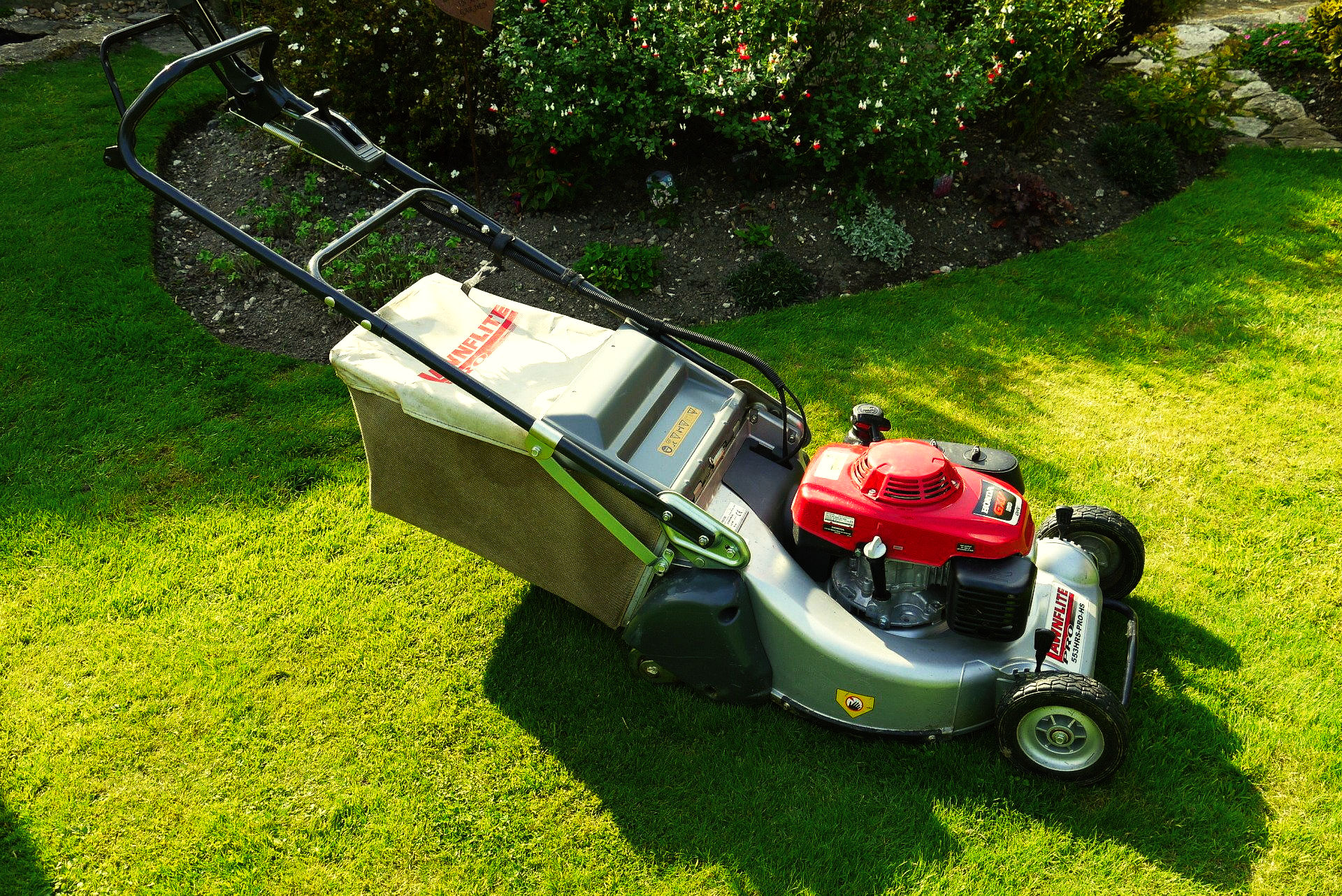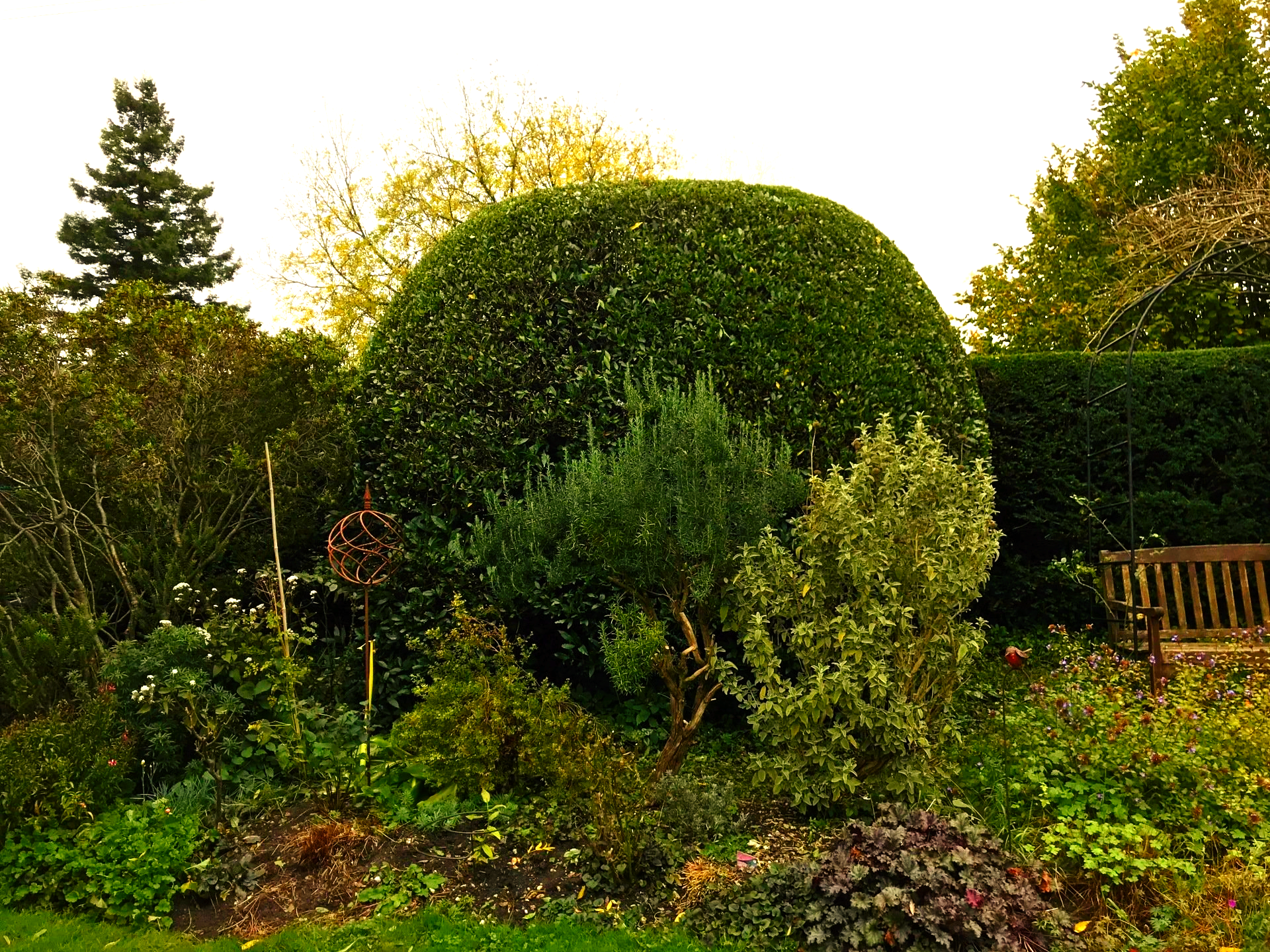Hedge & Lawn Ops
Creating neat & tidy hedges & Lawns
ButtonLawn Care & Maintenance
including edging, mowing & strimming
ButtonHedge Trimming, Pruning & Maintenance
Over 15 years experience with a wide variety of species
Button
Friendly Service
A friendly proffessional service at all times
Highly Qualified
Qualifications in forestry, countryside management, relevant techniques and machinery
Fully Insured
Full insured for Public liability
15+ Years Experience
Experience in forestry, countryside management, maintenance & trimming in domestic & formal gardens
Get in touch
Send me a message and I'll get back to you
We will get back to you as soon as possible
Please try again later
Friendly Service
A friendly proffessional service at all times
Highly Qualified
Qualifications in forestry, countryside management, relevant techniques and machinery
Fully Insured
Full insured for Public liability
15+ Years Experience
Experience in forestry, countryside management, maintenance & trimming in domestic & formal gardens
Get in touch
Send me a message and I'll get back to you
We will get back to you as soon as possible
Please try again later
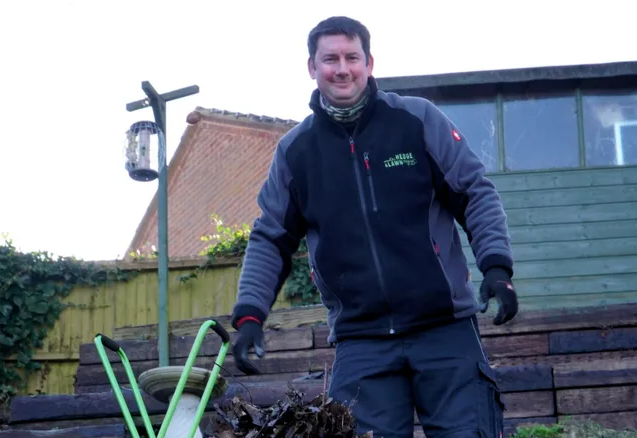
Slide title
Write your caption hereButton
About
Hello!
Thank you for visiting my website.
I provide a lawn and hedge management service based in Henstridge in Somerset.
I offer a fully insured, reliable and friendly service with a high attention to detail.
I have over 10 years experience sub-contracting to tree surgeons which involved trimming and maintaining a wide variety of hedges from mixed species field hedges to formal garden hedges and bushes, plus I am registered as a green waste carrier.
When I left school in 2000 I spent 4 years at Sparsholt Agricultural College, Winchester gaining qualifications in forestry and countryside management. Since then I have gained further qualifications and 16 years experience in relevant techniques and appropriate machinery which I keep up to date.
So get in touch via the contact form at the top of the page or using my contact details via the button below, as I'd love to help!
Matthew Vincent

Slide title
Write your caption hereButton
About
Hello!
Thank you for visiting my website.
I provide a lawn and hedge management service based in Henstridge in Somerset.
I offer a fully insured, reliable and friendly service with a high attention to detail.
I have over 10 years experience sub-contracting to tree surgeons which involved trimming and maintaining a wide variety of hedges from mixed species field hedges to formal garden hedges and bushes, plus I am registered as a green waste carrier.
When I left school in 2000 I spent 4 years at Sparsholt Agricultural College, Winchester gaining qualifications in forestry and countryside management. Since then I have gained further qualifications and 16 years experience in relevant techniques and appropriate machinery which I keep up to date.
So get in touch via the contact form at the top of the page or using my contact details via the button below, as I'd love to help!
Matthew Vincent
Services
Here are some of the services I provide to care for your lawns and hedges...
List of Services
-
Trimming, Shaping & ReductionCONTACT ME
Hedges are recommended not to be worked on between March and August as this is the main breeding season for nesting birds although some birds may nest outside of this time. Hedges can be cut within this time frame if a check has been carried out for active nests and none found or the area with the nest is left until the birds have fledged. If an active nest is found during work then work must stop immediately in that area and left until birds have fledged.
It is an offence under the Wildlife and Countryside Act of 1981 to damage or destroy the nest of any wild bird whilst it is in use or being built.
Some hedges can and may benefit from being cut twice a year. Other hedges may be best trimmed after flowering. Most hedges can get trimmed from August onwards until November, depending on weather conditions.
-
Edging, Mowing & StrimmingCONTACT ME List Item 3
Mowing is usually done between March and October. Over the summer, lawns can be mown twice a week depending on the weather. Over spring and autumn grass can be mown every week depending on growth and weather. In winter mowing may not be needed unless the weather is mild encouraging further growth.
The more often the lawn is mown the denser it will grow. Ideally only 1/3 of the height of the grass should be removed when mowing.
Strimming maybe a better option if the grass is very long or there is difficult or limited access for a mower.
-
Fruit Tree PruningCONTACT ME
Fruit tree pruning can generally be carried out in winter.
-
Autumn Leaves clear upCONTACT ME
It is important to remove fallen leaves on a lawn as they can smother a lawn and encourage unwanted garden pests and disease and weaken the grass.
Services
Here are some of the services I provide to care for your lawns and hedges...
List of Services
-
Trimming, Shaping & ReductionCONTACT ME
Hedges are recommended not to be worked on between March and August as this is the main breeding season for nesting birds although some birds may nest outside of this time. Hedges can be cut within this time frame if a check has been carried out for active nests and none found or the area with the nest is left until the birds have fledged. If an active nest is found during work then work must stop immediately in that area and left until birds have fledged.
It is an offence under the Wildlife and Countryside Act of 1981 to damage or destroy the nest of any wild bird whilst it is in use or being built.
Some hedges can and may benefit from being cut twice a year. Other hedges may be best trimmed after flowering. Most hedges can get trimmed from August onwards until November, depending on weather conditions.
-
Edging, Mowing & StrimmingCONTACT ME List Item 3
Mowing is usually done between March and October. Over the summer, lawns can be mown twice a week depending on the weather. Over spring and autumn grass can be mown every week depending on growth and weather. In winter mowing may not be needed unless the weather is mild encouraging further growth.
The more often the lawn is mown the denser it will grow. Ideally only 1/3 of the height of the grass should be removed when mowing.
Strimming maybe a better option if the grass is very long or there is difficult or limited access for a mower.
-
Fruit Tree PruningCONTACT ME
Fruit tree pruning can generally be carried out in winter.
-
Autumn Leaves clear upCONTACT ME
It is important to remove fallen leaves on a lawn as they can smother a lawn and encourage unwanted garden pests and disease and weaken the grass.
Services
Here are some of the services I provide to care for your lawns and hedges...
List of Services
-
Trimming, Shaping & ReductionCONTACT ME
Hedges are recommended not to be worked on between March and August as this is the main breeding season for nesting birds although some birds may nest outside of this time. Hedges can be cut within this time frame if a check has been carried out for active nests and none found or the area with the nest is left until the birds have fledged. If an active nest is found during work then work must stop immediately in that area and left until birds have fledged.
It is an offence under the Wildlife and Countryside Act of 1981 to damage or destroy the nest of any wild bird whilst it is in use or being built.
Some hedges can and may benefit from being cut twice a year. Other hedges may be best trimmed after flowering. Most hedges can get trimmed from August onwards until November, depending on weather conditions.
-
Edging, Mowing & StrimmingCONTACT ME List Item 3
Mowing is usually done between March and October. Over the summer, lawns can be mown twice a week depending on the weather. Over spring and autumn grass can be mown every week depending on growth and weather. In winter mowing may not be needed unless the weather is mild encouraging further growth.
The more often the lawn is mown the denser it will grow. Ideally only 1/3 of the height of the grass should be removed when mowing.
Strimming maybe a better option if the grass is very long or there is difficult or limited access for a mower.
-
Fruit Tree PruningCONTACT ME
Fruit tree pruning can generally be carried out in winter.
-
Autumn Leaves clear upCONTACT ME
It is important to remove fallen leaves on a lawn as they can smother a lawn and encourage unwanted garden pests and disease and weaken the grass.
FAQs
Got a question? I'm here to help.
- What is Lawn Thatch?
This is the fibrous layer mainly of dead and some living grass roots, stems and runners which lie between the blades of the grass above the surface and the root system below.
It may be a positive thing to have as it can aid the health and vigour of the grass but too much can have a negative effect on the overall health of the lawn.
Around a ¼ of an inch of thatch in the lawn is a good thing. It aids in protecting grass from damage and disease but still allows water, oxygen and nutrients to reach the soil and get to the roots. It can also help prevent the soil from drying out.
Excessive thatch of ½ an inch or more can make the grass weak and sparse as well as allowing the grass to be at greater risk of drought damage and moss/fungal disease.
- How to water a lawn?
A lawn needs at least 1 – 1 ½ inches of water per week all year either from rain or manually.
You should water deeply 2-3 times a week and avoid doing it daily.
The lawn should be watered as early in the morning as possible. Watering between 6 am – 10 am is a good time.
Watering will need to be done more in higher temperatures.
If a brown area does not recover after watering there maybe another issue.
If you water too often, too little or at the wrong time of day it can promote disease, moss, weeds, and unwanted grasses which can be shallow rooting and less drought-resistant. It’s better not to water than to water improperly.
- A good guide: If you can’t push a 6” screwdriver or something similar into your lawn, you’re not watering enough (as long as the area has not had compaction happening. It may need aerating first). If the screwdriver comes out clean it indicates it is getting enough water. However, if the screwdriver has soil on it, the lawn may need watering.
- Lawn seed or turf?
Lawn seed germinates well usually in early autumn and mid-spring. The germination should take between 7 and 10 days and seeds should become established before the first severe frosts in late autumn.
Seeding is less expensive than turfing. There is a wide range of seeds available. Seeds can also be stored until conditions are ideal.
Lawn turf costs more than seed but will produce a near instant effect and can be used sooner.
It’s good to be used in situations where you can’t keep off the lawn for two or three weeks.
The best time to lay new turf is mid-autumn but can be laid any time between mid-autumn and late winter whenever the soil is not too wet or frosty. In spring and autumn little mowing is required so newly laid turf can be left for several weeks.
Turf laid in spring often needs watering in dry spells over summer. Having dry soils and mowing before grass is fully rooted can stress the turf and delays rooting. Turf laying is best avoided from mid-spring until early autumn to avoid the need for repeated watering.
- How do I price work?
All work is done on a price per job process but a day rate or half day rate can be provided after an initial site visit to asses/discuss intended work.
- What mowers do you use?
I use a ride-on mower and pedestrian mowers depending on what's best for the lawn area.
- Do you remove garden waste that you have created whilst working?
Yes I do for an additional cost. This would be priced on a job by job basis.
- Where do you dispose of clippings?
Most clippings are taken to the green waste recycling centre, or other arrangements are made.
- What payment methods do you accept?
I accept cash on the day or BACS or cheques on receipt of an invoice.
- Do you visit the site beforehand?
Yes, I give a free initial visit beforehand to discuss and assess the work that you wish to be undertaken.
- What are your working hours?
My usual working hours are 8 to 4 but the hours may vary depending on the weather conditions and workload.
Gallery
-
BOTTLES
Engaging design at first sightButton -
APPS
Engaging design at first sightButton -
BOXES
Engaging design at first sightButton -
WEBSITES
Engaging design at first sightButton
POSTERS
CARDS
PACKAGING
LOGOS
ANIMATION
BOOK COVERS
TOTE BAGS
Before & After
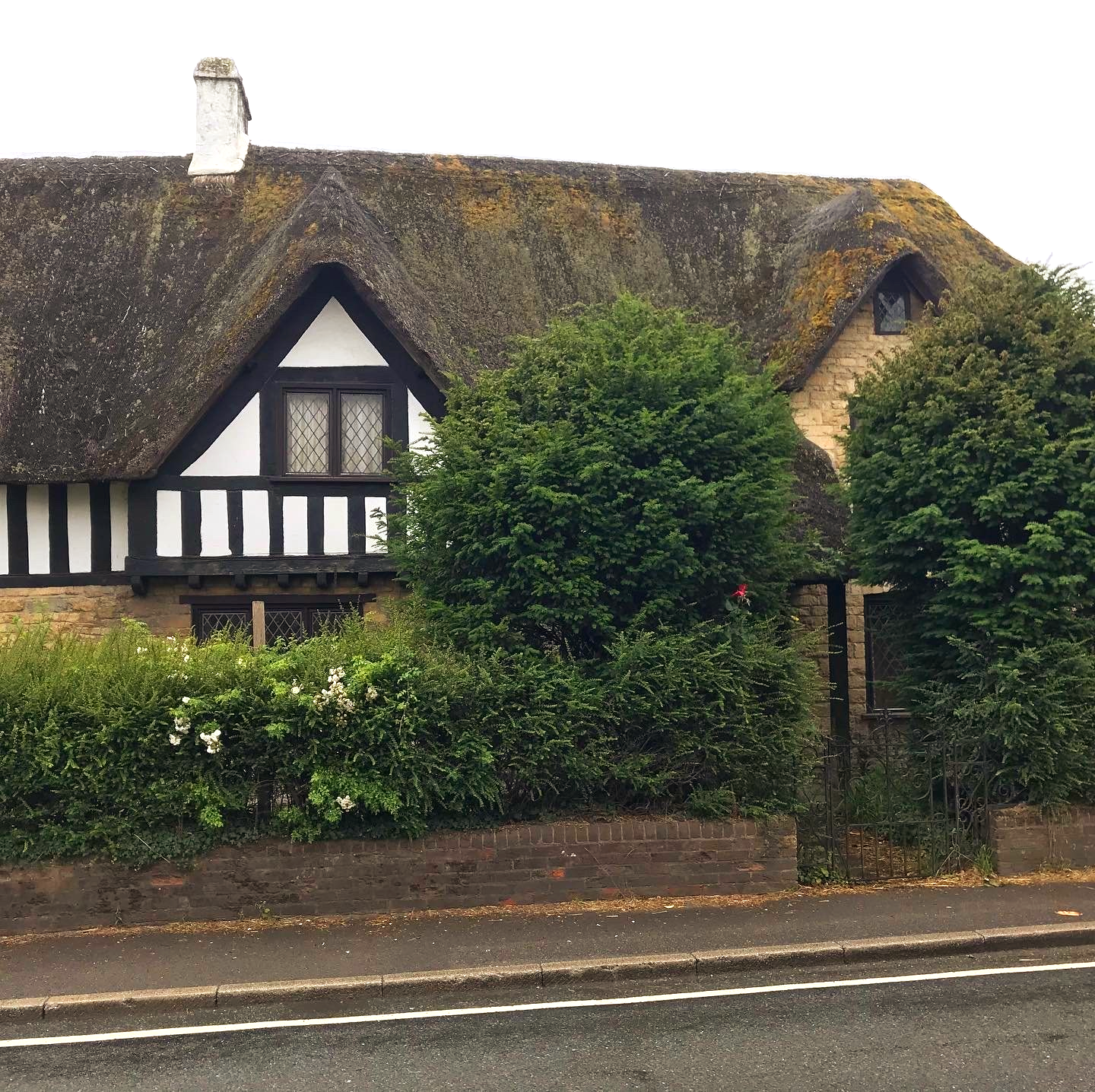
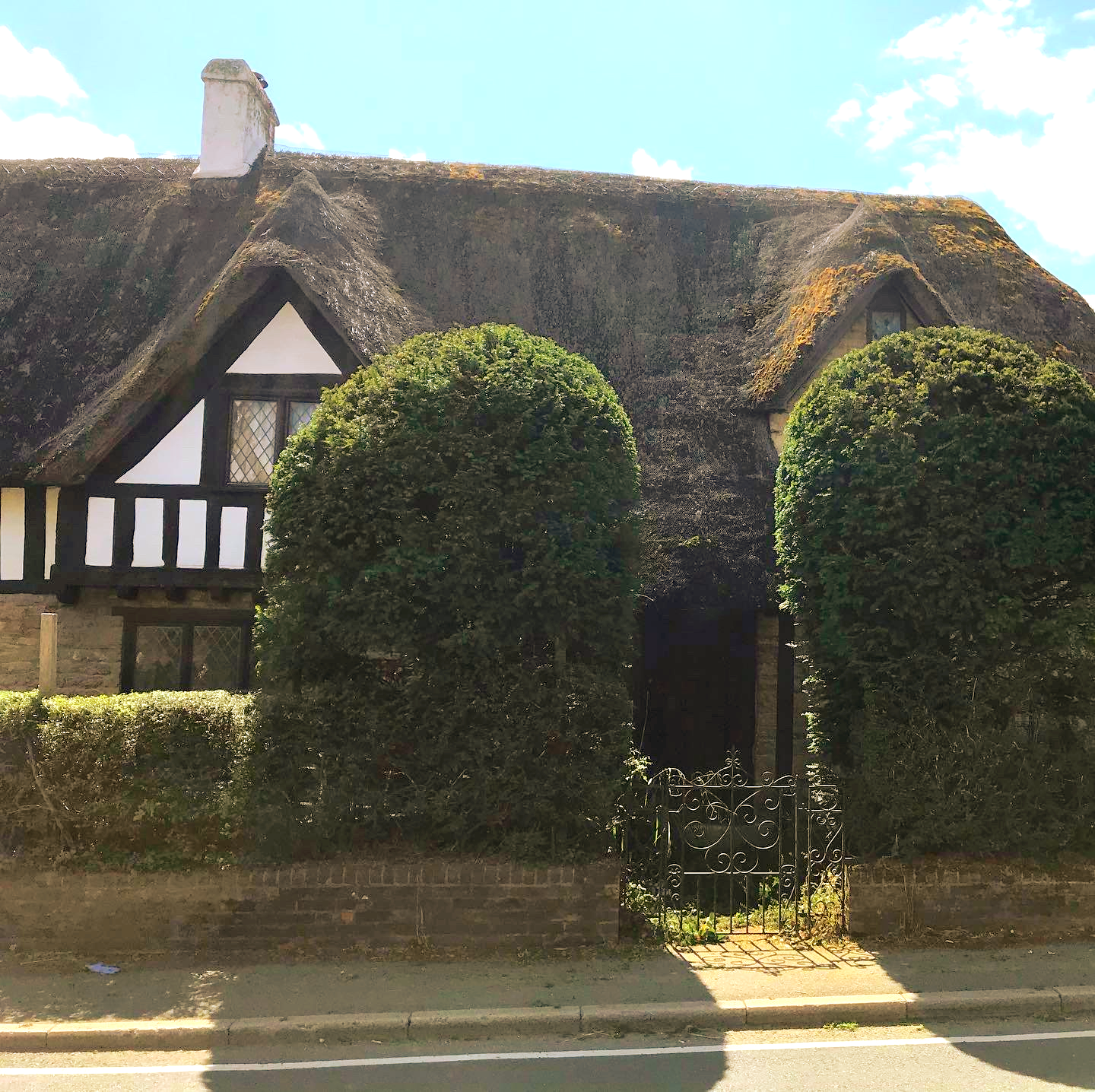


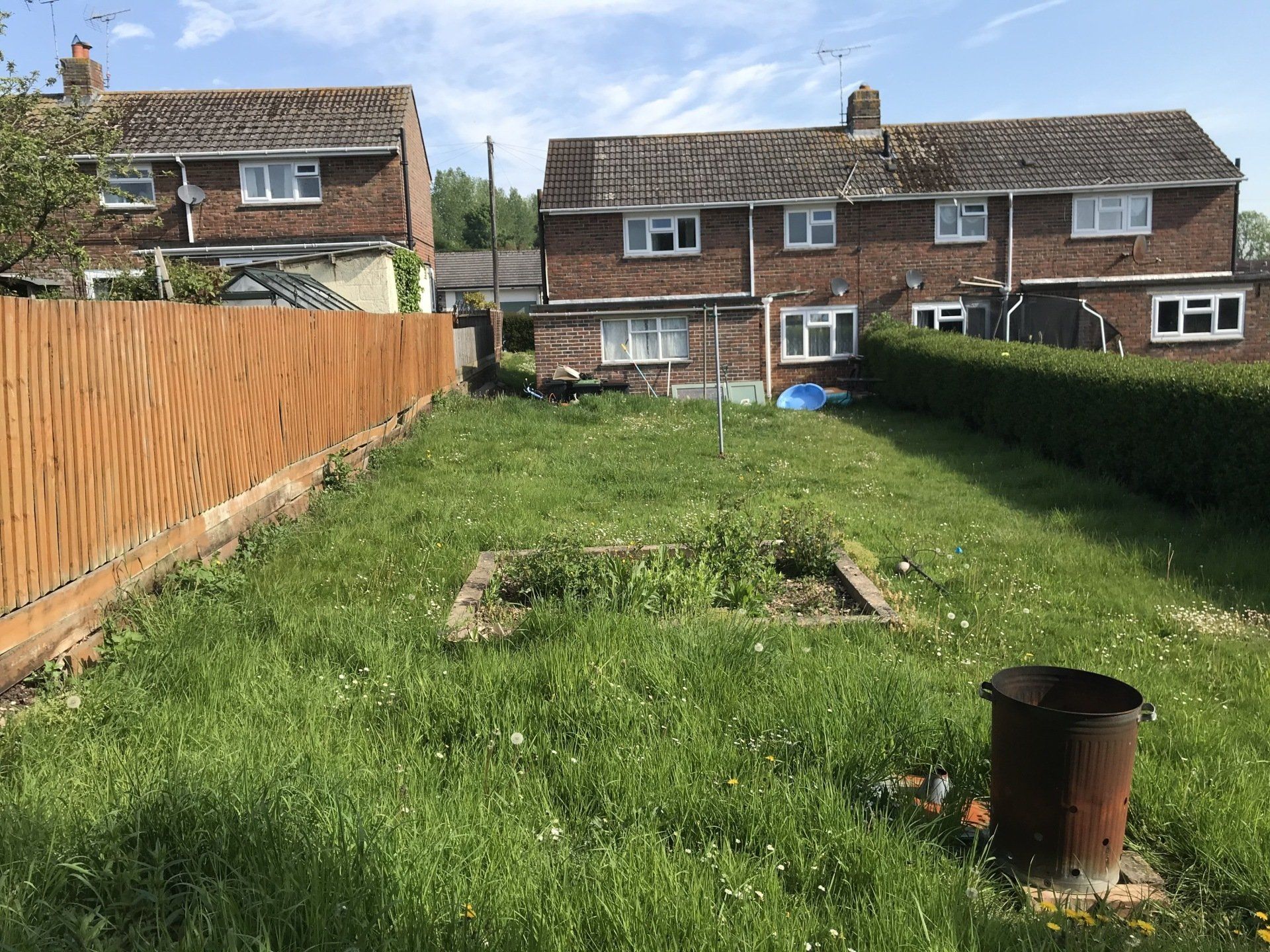

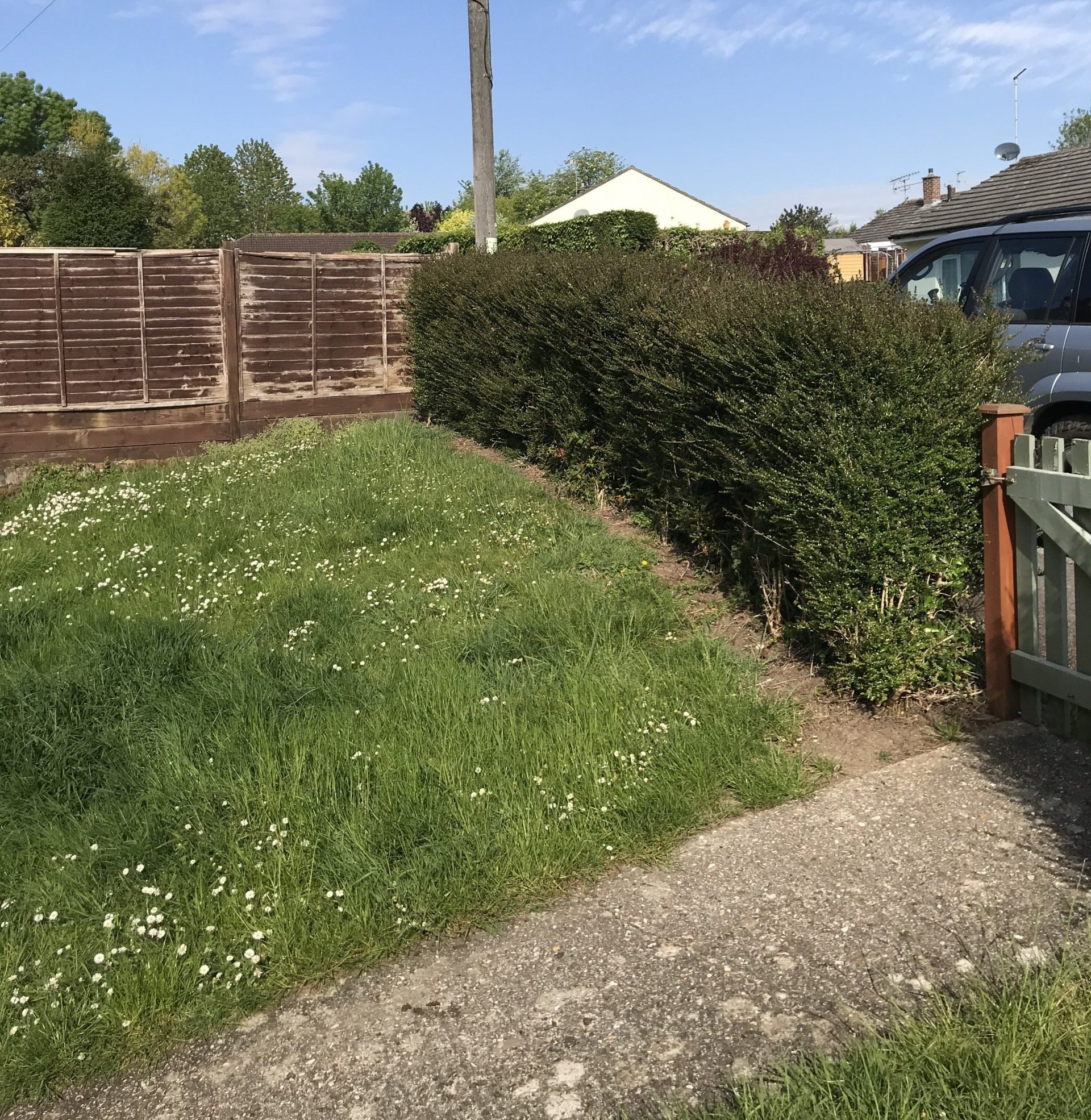
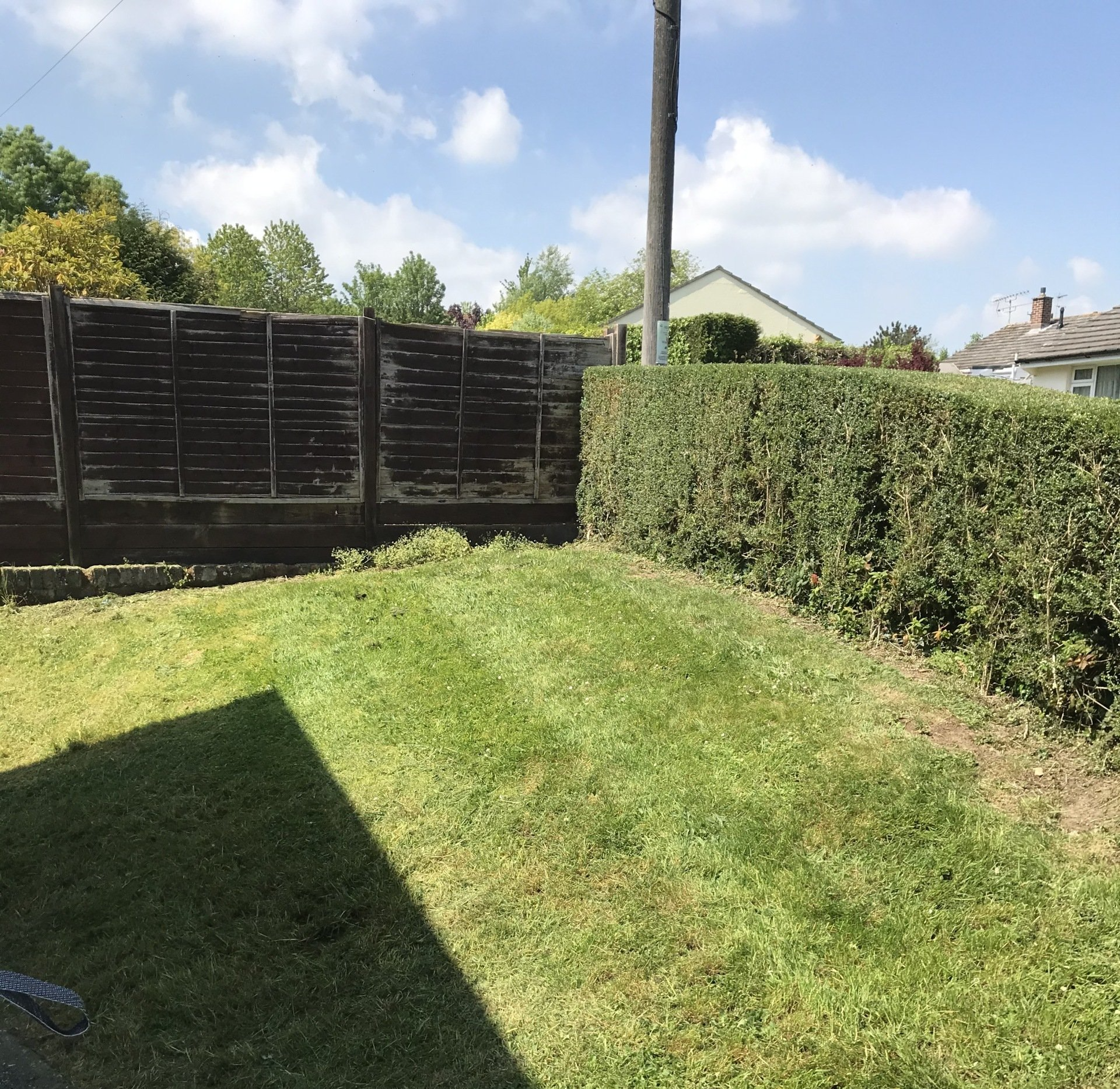

"Highly recommended, did a fantastic job on our garden and hedges, very professional, wont use anybody else!"
Anna Thorne
"Matthew is reliable, thorough, tidy and does a really fantastic job with lawn mowing, strimming, clearing, fencing, tree tidying, hedge planting and many more garden jobs."
Sally Moate
"He is also really knowledgeable and offers good advice on hedge and tree planting and maintenance. Matthew is easy going and a cheerful and I would thoroughly recommend him."
Write your caption hereSally Moate
"You will never find someone with a better work ethic...If you have to wait for him to become available I would strongly suggest you do as you will get what you pay for."
Tim Messer
Matt is an excellent person to deal with: he is polite, reliable and friendly. He has always done a great job with our lawn and hedges. If you are looking for someone who is genuine and trustworthy, who will give you honest advice and value for money, Matt is your man.
